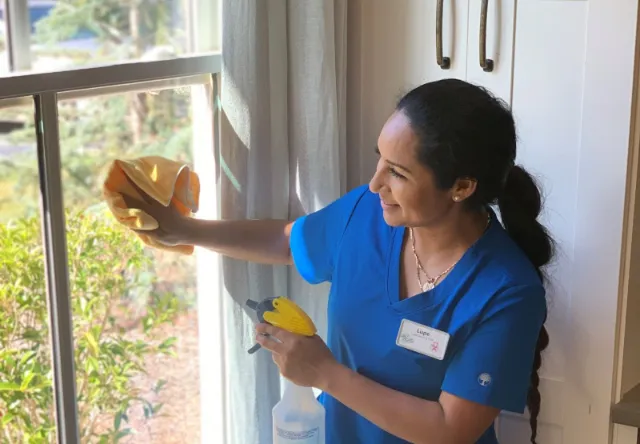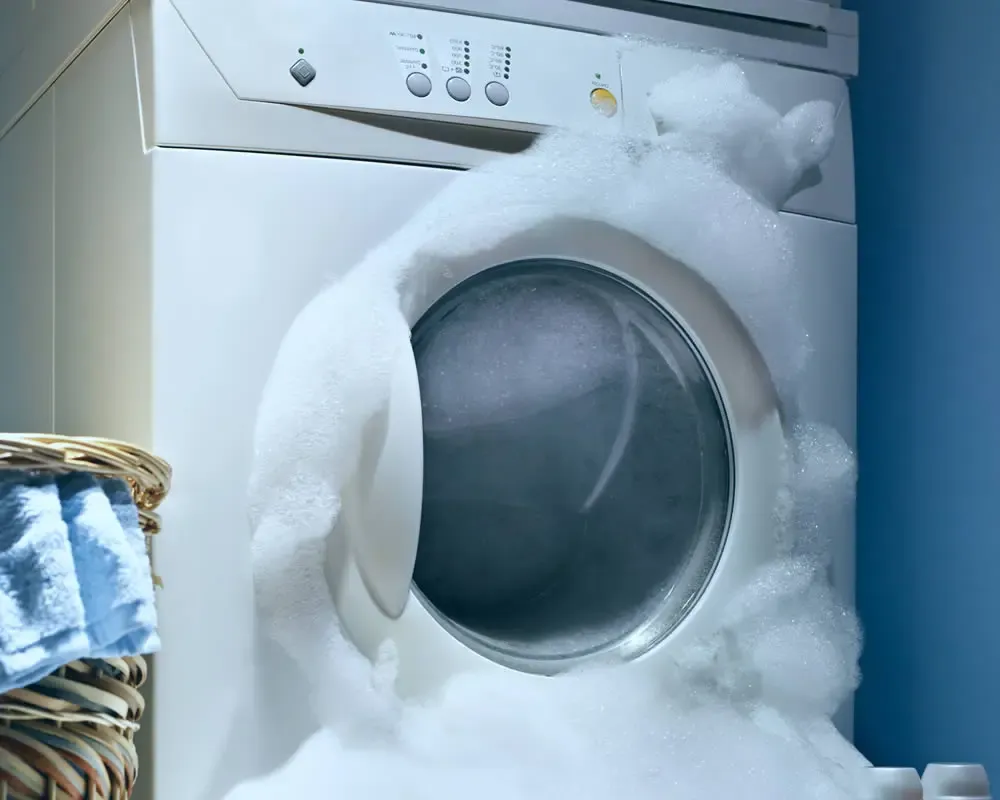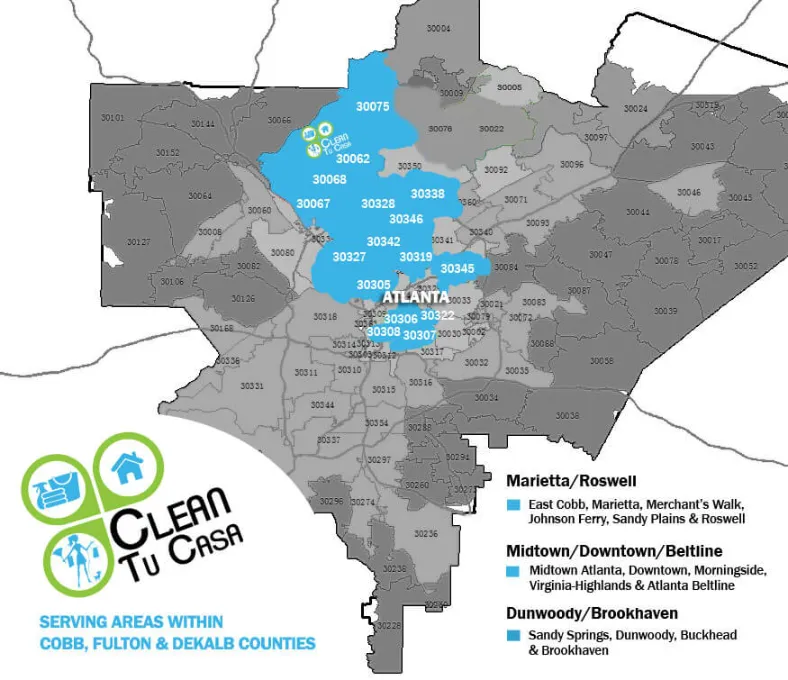Lifestyle
Published On
7 Common Cleaning Myths that are just Myths!
Written By
We all have cleaning tips that we hold dearly and have been following since we began cleaning after ourselves. These are the tips we have lived and cleaned by, but some of them have been shown only to be myths with no verifiable efficacy. Many common cleaning myths have become so widespread that they are now considered facts. But are they really?
You will probably be upset to lose a few of your trusted myths after reading this article, but you can be sure it is worth it. We won't be tampering with the innocent ones. We’ll focus on those myths that drain your pockets by not being cost-effective or the ones that are just a danger to your clothes, dishes, or home. We are simply looking out for you.
Debunking Common Cleaning Myths
Let us now debunk cleaning myths that do not deserve to see the light of day.
- Newspapers are perfect for cleaning windows

A lot of people believe that newspapers give glasses a streak-free shine. This would have been true several years back when newspapers used to be very thick because they were made from paper composed of chemically-refined cotton or linen fibers from rags. Those were the papers that would have cleaned your glass excellently well.
Currently, the media use inexpensive, thinner material to make newspapers. These would make a mess of your windows because the paper disintegrates quickly, especially when wet. You are better off using a microfiber cloth for your windows. No disintegration, no streaks left behind, clean window.
- Combining different cleaning products makes a more powerful cleaner
This is one of the most dangerous myths that fly around. In many instances, combining cleaning products can either be less productive or downright dangerous. Better be safe than sorry. Here are a few examples;
- Mixing baking soda and vinegar produces sodium acetate, which is just water with a bit of salt, with no cleaning properties.
- Combining vinegar and bleach will release toxic chlorine and chloramine vapors, which leave you at risk of chemical burns to the eyes and lungs.
- Combining bleach with ammonia will release toxic chloramine vapors – and can even be explosive if the quantity of ammonia is large enough.
- Feather dusters can remove dust
This myth is one of the oldest and has survived all these years because of widespread media. Instead of cleaning dust, feather dusters spread the dust around because they don't have the compactness to hold onto it. It is better to use microfiber dusters because they pick up and hold onto the dust and are washable and reusable. You can also vacuum or use a wet cloth to wipe dusty surfaces.
- More detergent means cleaner clothes

More detergent actually does more harm than good. Using more detergent than you should will leave soap residues or suds you need to wash off. Sometimes these suds persist and allow more dirt and bacteria to hide in the clothes.
The general rule of thumb is to start with half the amount you typically use and then increase in small amounts as you wash if you feel the clothes need more cleaning.
- Bleach can clean everything
We will not dare slander bleach. It has shown its use in getting out tough stains and making whites whiter. However, bleach cannot be the elixir for every cleaning problem.
You should not use bleach when cleaning greasy or grimy surfaces. It is ludicrous to use it to clean wounds or everyday dishwashing. Bleach is an excellent stain remover and disinfectant, but that is the extent of its use. You do not want the lingering smell of bleach around your kitchen, close to your food. A better alternative is baking soda for getting dirt and grime out because it loosens dirt particles and enables cleaning.
- Handwashing plates is more water efficient
You might think it is more eco-friendly to abandon the dishwasher because handwashing supposedly saves more water, but that is really not true. A full-size dishwasher uses only about 5 gallons of water per cycle, much less than handwashing when considering cycles of soaking, washing, and rinsing for each plate.
- Coca-cola cleans toilets
This is a popular but strange myth. It is odd on two counts. First, the science behind it could be clearer, and second, shouldn't you drink soda instead of dunking it in a toilet?
Coca-cola contains citric and phosphoric acids that can work on stubborn stains. However, the beverage contains several other ingredients, including a lot of sugar that will only serve as fodder for bacteria in the toilet bowl to feed on. This means you would need to clean up the toilet with a strong disinfectant after using the soda, which is not cost-effective.
The best route is to get a good toilet cleaning solution with disinfectant properties and do a simple clean. Don't complicate things with Coca-cola.
So what is not a myth?
Here is a cleaning fact for you. Clean Tu Casa provides home cleaning services with products and processes that are tested and trusted. Reach out today if you want to outsource your cleaning to the best hands. Request a free quote today!
